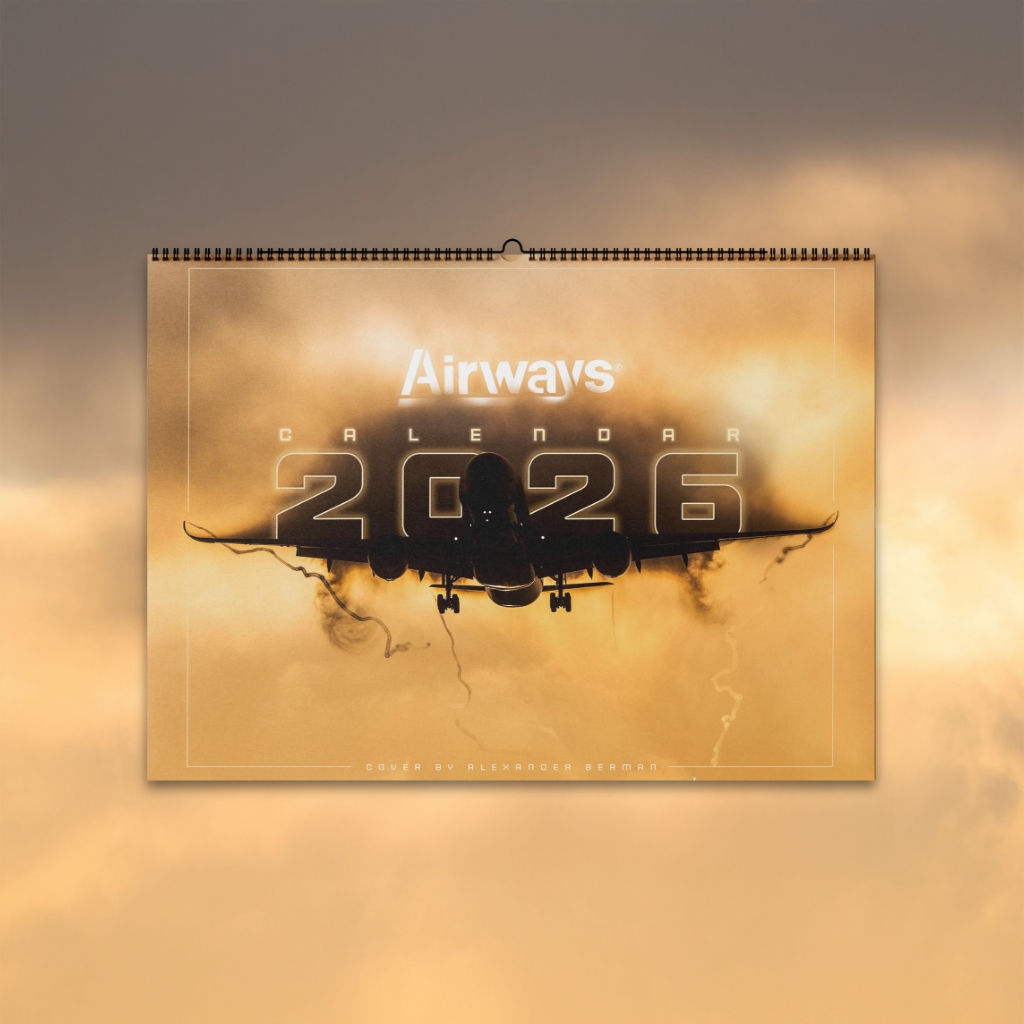DALLAS — On February 17, 2025, a Delta Connection flight operated by Endeavor Air (9E)—a Bombardier CRJ900—made a hard and ultimately overturned landing at Toronto Pearson International Airport (YYZ).
Flight radar data captured during the final moments of the approach revealed an unusually high vertical speed. Descent rates were recorded at around –1,000 feet per minute, compared to more typical figures between –500 and –800 fpm for this aircraft type, the latter fpm usually required to maintain a 3.3° glide slope.
The last data point from various flight tracking services showed a descent rate of approximately –1,024 fpm just before touchdown.
What the Numbers Mean
In aviation, vertical speed is measured in feet per minute (fpm), indicating how rapidly an aircraft is ascending or descending. Under normal conditions, a Bombardier CRJ900 on final approach will typically descend at a rate of –500 to –800 fpm, a balance that helps ensure a stable and controlled landing.
The reported –1,024 fpm reading suggests a much steeper and potentially more aggressive descent profile that may have contributed to the aircraft’s hard impact with the runway.
For context, an F/A-18 Hornet usually lands at -900/1200 fpm on an aircraft carrier, but the landing gear and the structure are designed to take that load— civil aircraft, on the other hand, are not.
The Incident at Toronto Pearson
According to multiple sources, Flight 4819 was arriving from Minneapolis–Saint Paul when it encountered adverse weather conditions, including blown snow and gusty winds that affected runway conditions.
Passenger accounts described the aircraft hitting the runway “super hard” and “skidding sideways” before flipping over. Emergency crews quickly evacuated all 80 passengers and crew members, and while no fatalities occurred, at least 17 individuals sustained injuries.
A video of the landing taken from an aircraft holding short of the runway at YYZ shows the 9E CRJ900 at the moment of impact.
The right gear appears to give away during touchdown. The plane immediately rolls to the right, breaking up the right wing, which erupted in a fireball. We see the aircraft's rotation around its front-to-back axis continues until the left wing slaps the ground, also bursting into flames, stopping the roll as the jet, now upside down, skids fast down the snowed runway.
Flight Radar, Black Boxes Data
Our in-house experts note that a descent rate of –1,000 fpm is significantly higher than expected on a routine approach for a CRJ900. While transient variations can occur due to pilot inputs or environmental factors, such a steep descent may indicate a hard landing or an unstable approach.
The flight radar data, which provides real-time insights into such parameters, has thus become a valuable tool for aviation enthusiasts and investigators seeking to understand the dynamics that led to this accident.
However, only the flight data and voice recorders from Flight 4819 will give investigators the information they need to determine the CRJ's condition before it crashed at YYZ.
Ongoing investigation
As investigations led by the Canadian and U.S. transportation safety boards continue, the agencies are considering the role of adverse weather conditions and approach stability.
At the time of the incident, YYZ was experiencing challenging weather conditions, including blowing snow, strong westerly winds at 51 km/h with gusts reaching 65 km/h, and a wind chill of -20°C. The temperature was recorded at -9°C, with a relative humidity of 63% and a dew point of -14°C.
While the –1,000 fpm descent rate observed is well above the typical range, the ifficial investigation must consider a single data point in the context of multiple factors, including pilot technique, aircraft configuration, and environmental conditions.
This is a developing story.



.webp)
